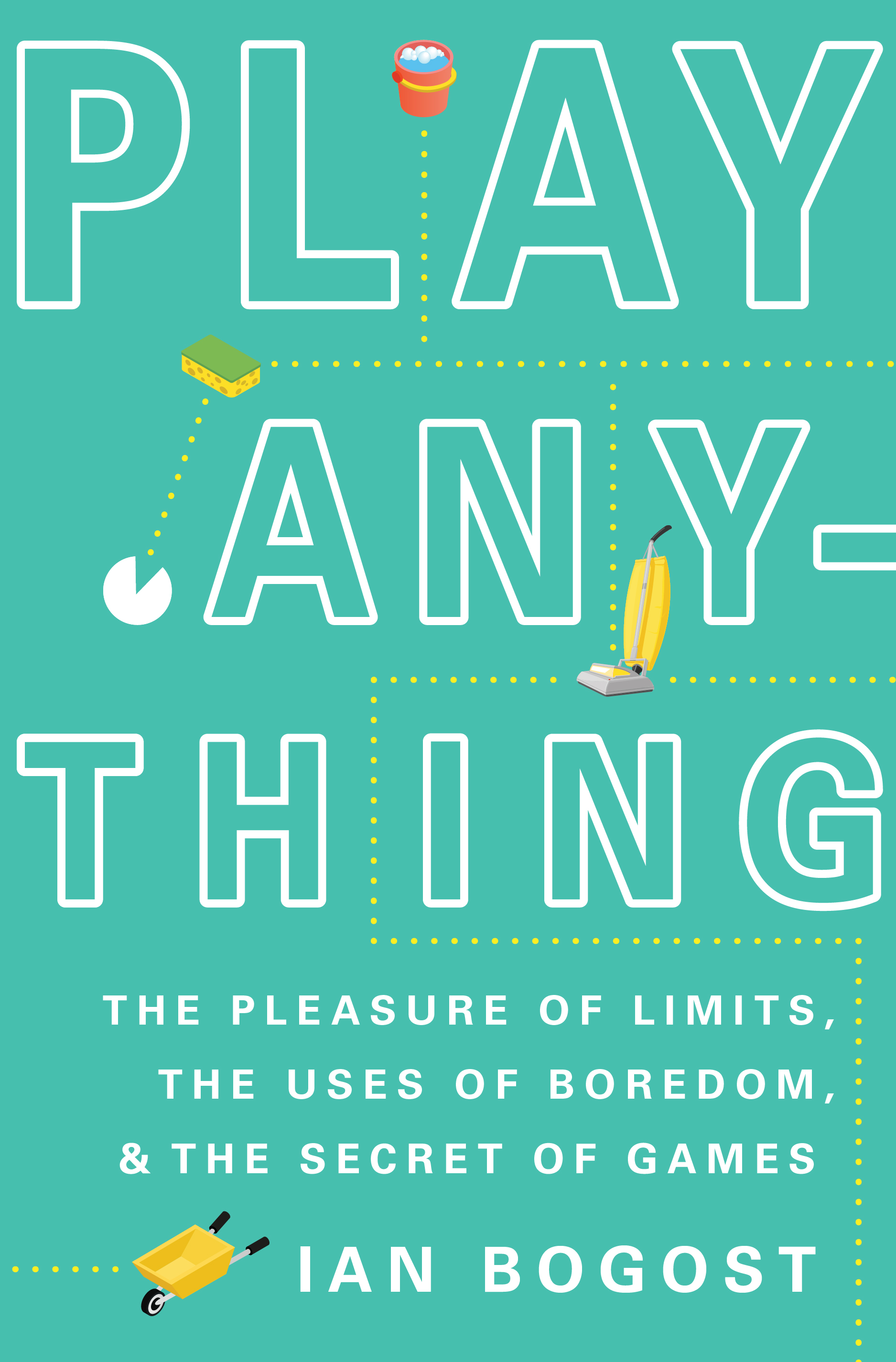
One of the great psychological tricks of parenting is the false choice. “Do you want to wear the blue shirt or the red shirt?” you might ask in the morning, or “Do you want broccoli or green beans?” before dinner. In the face of panic, indecision or tantrum, winnowing down options can force Junior to focus, decide and move forward.
As kids go back to school, these limitation games prove useful well beyond toddlerhood. Recently, my daughter had to choose between taking introductory Spanish and French. Absent personal goals like career ambitions or travel aspirations, such choices typically appeal to our innermost personal desires: What do I want? And quickly, that can spiral into outright existential crisis: Who am I? How would I even know what I want?
For my daughter, we ditched the search for inner wisdom and looked outside, toward the limitations that would affect how she lived with her choice. With the quality of instruction about equal, Spanish won out because her little sister is enrolled in a Spanish-immersion preschool, and she liked the idea of being able to help her, too.
Our situation is specific and tinged with circumstance. But the lesson is a general one: Looking inward for private answers to desires, choices and goals actually creates more anxiety than basing those answers on the external factors that shape them.
For too long, we’ve construed play as the opposite of work—as leisure, as waste, as childishness, as distraction. But play isn’t a kind of release or freedom. Instead, it’s the act of working with something, like a carpenter works wood or a dancer works the floor. Games have rules, after all.
If we consider play through this prism, suddenly it’s not work but play to treat the structure of the closet, or the vegetable drawer, or the course catalog as a rigid system in which meaning and gratification are possible—and actually easier if we let them lead us to that satisfaction.
It’s not just kids who struggle to determine what they want. Adults foolishly think that we need structure less than our kids. After imparting wisdom about shirts or vegetables or language classes, we grown-ups settle down—into our own existential panic.
It turns out that the same advice we successfully impart upon our kids can also apply to our mortgages, our commutes, our jobs, our marriages and all our other daily challenges. The trick is to turn the tables on our usual way of tolerating ordinary life—treating it as a series of oppressive obstacles we desperately want to escape (the back-to-school traffic during the commute to the job we can’t stand with the impending health insurance hike we don’t know how we’ll be able to afford with the soccer practices we need to pay for and drive to before cooking, cleaning and starting over again). Instead, we need to find the structure in things, and allow that structure to guide our engagement with them.
So often we think the answer to suffering is escape, we fail to recognize that embracing the limitations of our lives can lead us to plumb its depths, yielding previously undiscovered pleasures.
Use the natural structure of things to inspire novelty. Do it even with what we suspect we can never love, like commuting. A search for a new set of routes through traffic to work, for example, can offer novelty in the discovery, and then even more novelty in the selection on subsequent days. To make parenting or errands or anything playful, dig deep to find the core structure that makes something what it is—then manipulate it to find something new.
Traditional understandings of games, play and fun would hold that these activities amount to going outside the boundary of normal behavior: Don’t play with your food or Stop fooling around. But the opposite is true: Interesting play experiences arise from more constraints rather than fewer.
Those “false choices” you offer your kids aren’t false at all. They’re honest. And they offer a model for living an adult’s life as much as a child’s: using limitations as the basis for meaning and gratification. That’s what play is. Not distraction, but a commitment to take life’s materials—ordinary and extraordinary—and listen to them closely. To discover what secrets they might yet release if we treat them for what they are, rather than what they are not.
More Must-Reads from TIME
- Why Trump’s Message Worked on Latino Men
- What Trump’s Win Could Mean for Housing
- The 100 Must-Read Books of 2024
- Sleep Doctors Share the 1 Tip That’s Changed Their Lives
- Column: Let’s Bring Back Romance
- What It’s Like to Have Long COVID As a Kid
- FX’s Say Nothing Is the Must-Watch Political Thriller of 2024
- Merle Bombardieri Is Helping People Make the Baby Decision
Contact us at letters@time.com